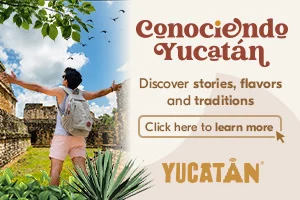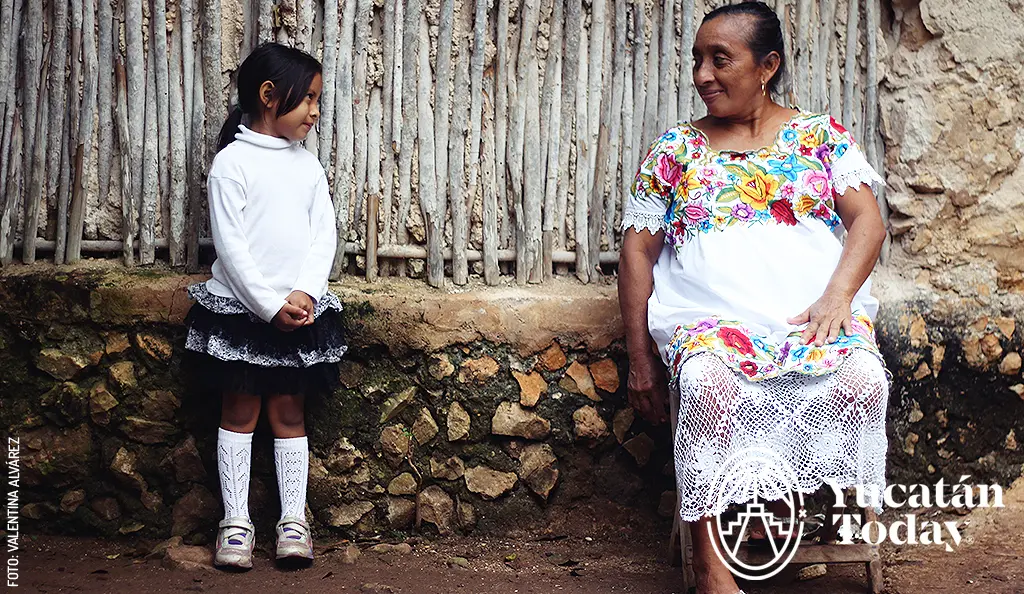
Learning Maya
About a year ago, the stars aligned for me. After having ventured deeply into the life of the Yucatecan Maya for work reasons, the opportunity to take lessons to learn the Maya language arose. Without giving it much thought (actually none at all) I signed up. The classes started the next day, and I found out that the teacher was regarded as the best (Dr. Fidencio Briceño Chel). I couldn’t believe my luck! Indeed, I was continually amazed for the next several months, four hours per week.
A new way to see the world, in Maya
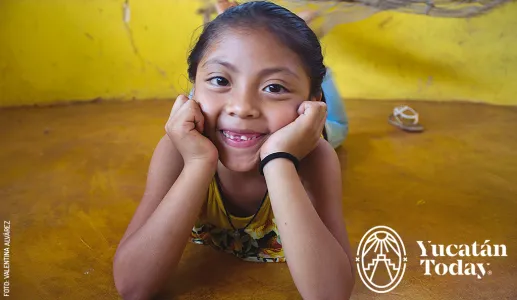 Despite the fact that it was an introductory course, it included some of the aspects of Maya cosmogony that transformed my way of understanding the world. One of the first things that I learned about Maya is that it uses metonymies; a part of something can represent the whole. For example, eye and face (“yich”) or leg and foot (“wook”) are called the same thing. For the Maya, the world is a gourd (in Maya “luuch”) split in half. Most of us would think that all this is about opposites, but the Maya think of it as matches, pairs, complements.
Despite the fact that it was an introductory course, it included some of the aspects of Maya cosmogony that transformed my way of understanding the world. One of the first things that I learned about Maya is that it uses metonymies; a part of something can represent the whole. For example, eye and face (“yich”) or leg and foot (“wook”) are called the same thing. For the Maya, the world is a gourd (in Maya “luuch”) split in half. Most of us would think that all this is about opposites, but the Maya think of it as matches, pairs, complements.
As with metonymies, there are other examples that illustrate this way of understanding reality. It’s highly likely that in Mérida you have heard “lo busco, lo busco y no lo busco” (“I look for it, I look for it, and I don’t look for it”). Do you know the reason behind this phrase? It’s simple: “to look for” and “to find” are the same in Maya: “kaxtik”. To love and to hurt, love and pain are “yah”. To cure and to poison, poison and medicine are “ts’aak.” Of course the meaning will become clear in the context of the conversation; but I felt a rush of adrenaline looking for ways that my mind could catch up.
How are you, in Maya
I also learned how to ask questions. One of the most essential questions for me is “How are you?”. You might not know that this can be asked in many ways. The most casual and common is “Bix a beel” (how is your path?), more or less the equivalent to “what’s up?” in English. If you really want to know how someone’s doing, then you ask “bix a wanil” (how is your existence?). And a third way, the most straightforward, is “bix yanikech” (how is your mood?). These last two should only be used when you really want to know how the other person is doing, and therefore be prepared for the possibility that they will tell you everything.
.webp) But there’s more… Have you ever wondered how to say “I’m happy” in Maya? Thanks to my classes I can tell you: happy is “Ki’imak óol”. Ki’i (tasty, delicious), Mak (person), óol (soul, interior). Happy is a person with a delicious soul, someone internally delicious. You can say it like this “Ki’imak in wóol” (I’m happy, my interior is delightful).
But there’s more… Have you ever wondered how to say “I’m happy” in Maya? Thanks to my classes I can tell you: happy is “Ki’imak óol”. Ki’i (tasty, delicious), Mak (person), óol (soul, interior). Happy is a person with a delicious soul, someone internally delicious. You can say it like this “Ki’imak in wóol” (I’m happy, my interior is delightful).
Belongings (or lack thereof), in Maya
Another interesting aspect of how the Maya understand the world, is the way they classify nouns: there are two groups: edible things (or not) and domestic animals (or not). This classification has to do with possession. For example, if an animal is “yours” it’s because you domesticated it; it is able to be domesticated. In English you can say “my chicken” in only one way, but in Maya we can say “in wo’och kaax” (my edible chicken, food) or “in walak’ kaax” (my domesticated chicken). We can’t say only “in kaax” (my chicken) because we’ll be expressing ourselves in an incomplete way and outside the natural cultural semantics of the Maya language. If the chicken is yours, it can only be so under the terms of a domestic or edible animal. If not, the chicken isn’t yours and is just “chicken”.
Thus, the Maya are relating to the world and distinguishing between what is theirs and what isn’t. To get a bit deeper into this, they can’t say “in walak’ kaan” (my domestic snake) because snakes don’t belong to people, they belong to the wilderness. Nor can they say “in wo’och saka’” because saka’ is a sacred drink that is offered in specific rituals, therefore it isn’t consumable on a daily basis.
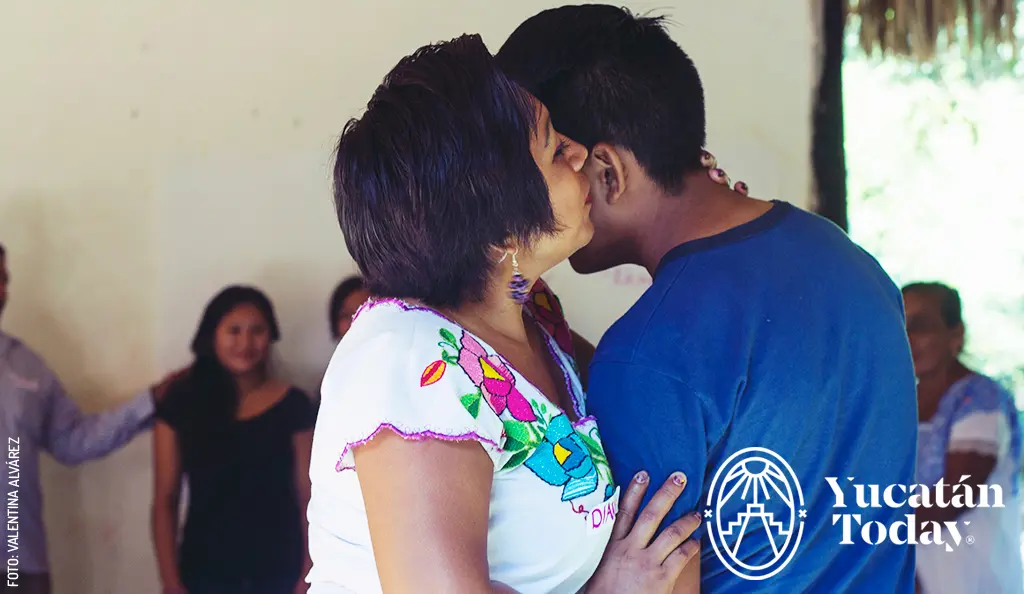 Perhaps some people might see all this as unimportant, but for me, to conceive of the world by linking ideas in this way changes everything. This language speaks to me about the pursuit of a balance with life, with one’s self, and with the planet. For me it was a life-changing experience for the better, even though I only had only a glimpse of it. It’s such a broad, rich, and different language to everything that I’ve known before, I can keep on learning for a long time to come.
Perhaps some people might see all this as unimportant, but for me, to conceive of the world by linking ideas in this way changes everything. This language speaks to me about the pursuit of a balance with life, with one’s self, and with the planet. For me it was a life-changing experience for the better, even though I only had only a glimpse of it. It’s such a broad, rich, and different language to everything that I’ve known before, I can keep on learning for a long time to come.
Where to learn Maya in Mérida
If you are interested in learning Maya, in Mérida there are several options: CEPHCIS, located on Calle 61 #470, or at CIS on Calle 52 #455, both in Mérida’s Centro. You can also take online lessons like the one offered by the Academia de Lengua Maya (Maya Language Academy) of UADY (www.mayas.uady.mx) or the virtual program Literature and the Maya Language, by Sedeculta (for more information call (999) 924 084). “Ka’a xi’itech utsil.”
Editorial and photos by Valentina Álvarez for Yucatán Today’s use
Read more about the Maya Language:
- The Maya Language Lives On
- Fall in love with Maya Poetry
- Learn how to “Speak Yucatecan”
- Learning Maya
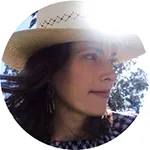
Author: Valentina Álvarez
I’m a biologist with a doctorate in Mesoamerican studies, focused on Maya cultures. I love writing, learning and sharing.
¡Receive the latest articles and much more from the best of Yucatán in your email!
Related articles
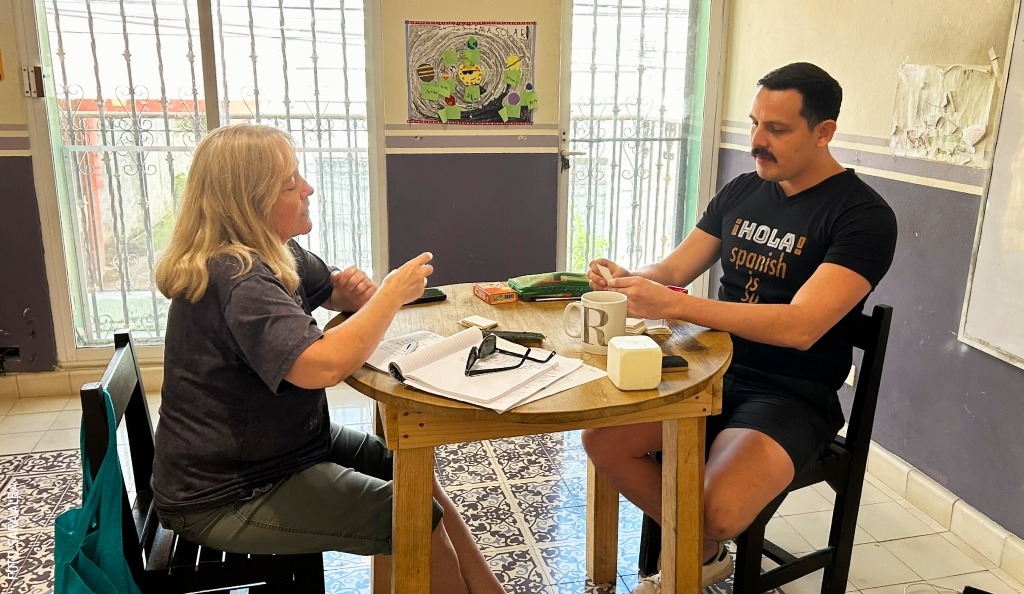
Hola Spanish School: Language and cultural tourism in Mérida, México
Learn Spanish in Yucatan, México with Hola Spanish School. Discover the magic and traditions of Yucatán while you learn Spanish. Find out more here.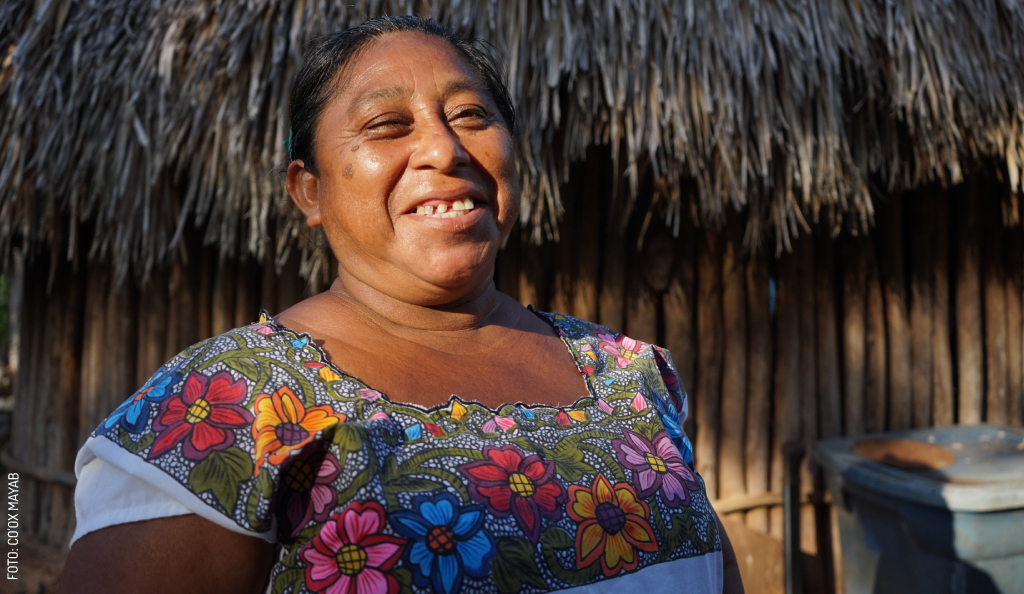
Learning the Maya Language: A Journey of Identity and Life
Discover the Mayan language: history, tips, and fun facts. Learn to speak fluently, connect with the culture, and preserve an ancient language.



